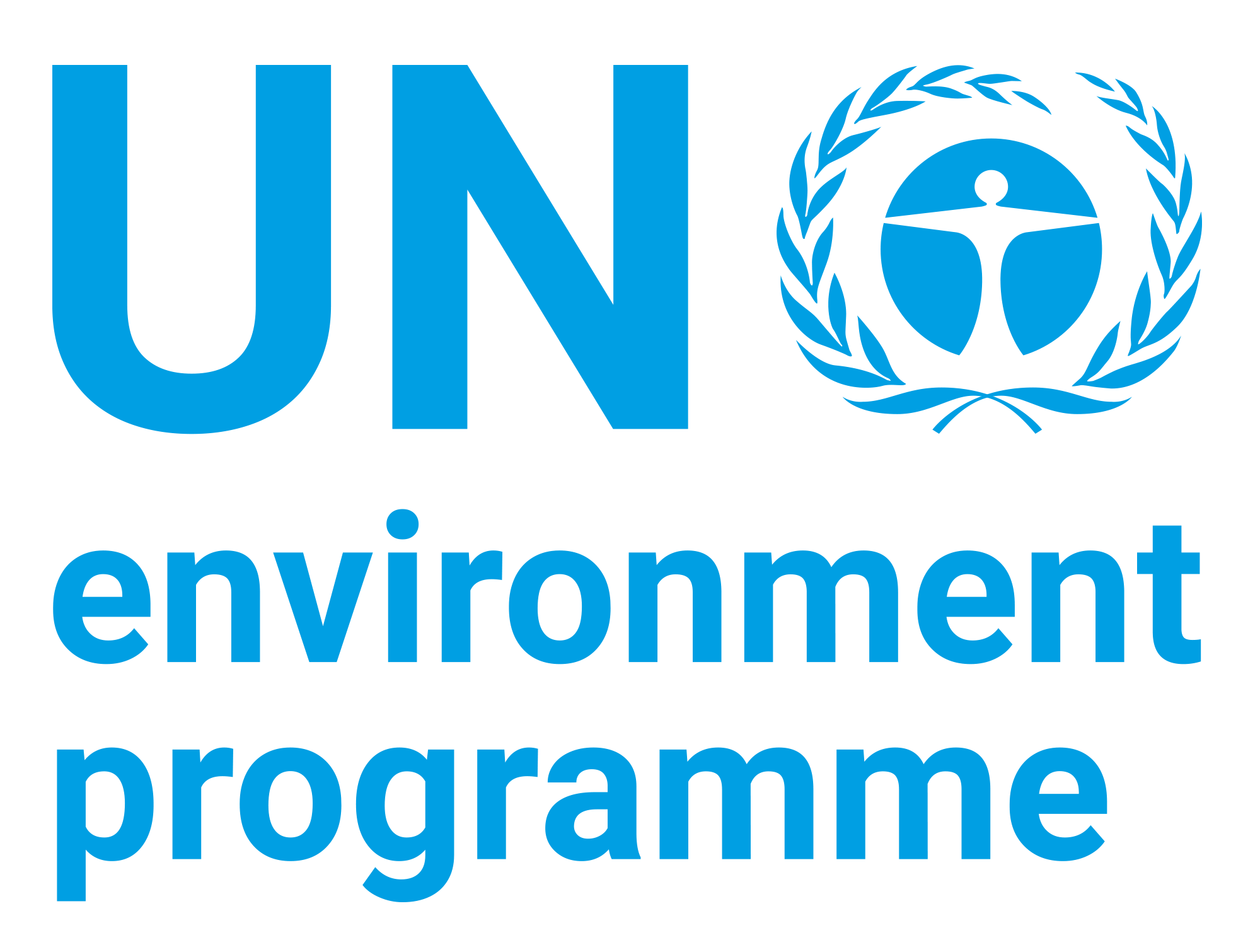Ecosystems and Human Well-Being: Wetlands and Water Synthesis

Date
2005Author
Millennium Ecosystem Assessment Board
Citation Tool
Bibliographic Managers
RT Generic T1 Ecosystems and Human Well-Being: Wetlands and Water Synthesis A1 Millennium Ecosystem Assessment Board YR 2005 LK https://wedocs.unep.org/20.500.11822/8735 PB Millennium Ecosystem Assessment Board AB TY - GEN T1 - Ecosystems and Human Well-Being: Wetlands and Water Synthesis AU - Millennium Ecosystem Assessment Board Y1 - 2005 UR - https://wedocs.unep.org/20.500.11822/8735 PB - Millennium Ecosystem Assessment Board AB - @misc{20.500.11822_8735 author = {Millennium Ecosystem Assessment Board}, title = {Ecosystems and Human Well-Being: Wetlands and Water Synthesis}, year = {2005}, abstract = {}, url = {https://wedocs.unep.org/20.500.11822/8735} } @misc{20.500.11822_8735 author = {Millennium Ecosystem Assessment Board}, title = {Ecosystems and Human Well-Being: Wetlands and Water Synthesis}, year = {2005}, abstract = {}, url = {https://wedocs.unep.org/20.500.11822/8735} } TY - GEN T1 - Ecosystems and Human Well-Being: Wetlands and Water Synthesis AU - Millennium Ecosystem Assessment Board UR - https://wedocs.unep.org/20.500.11822/8735 PB - Millennium Ecosystem Assessment Board AB -View/Open
Item Statistics
Display item statisticsMetadata
Show full item recordDescription
This report provides an assessment of the current state of our ecosystems and the many services they support and provide to people. Direct drivers of degradation of wetlands such as land conversion, pollution and infrastructure and indirect drivers such as population growth and economic development are discussed extensively. It enhances our on understanding the direct drivers of change to wetlands and shows how they would fare under a range of future scenarios. Responses for the wise use of wetlands including governance and institutional responses are highlighted. This report further provides an analysis of future challenges and response options that could allow us to maintain, to the greatest extent possible, the ecosystem services on which we all depend. The synthesis stresses the link between wetlands and water. Wetlands include inland wetlands such as swamps, marshes, lakes, rivers, peatlands and underground water habitats, coastal and near-shore marine wetlands such as coral reefs, mangroves, seagrass beds and estuaries and man-made wetlands such as rice fields, dams, reservoirs and fish ponds.
Collections
Document Viewer
To read more, scroll down below.
Related items
Showing items related by title, author, creator and subject.
-
Releasing the Pressure Water Resource Efficiencies and Gains for Ecosystem Services
United Nations Environment Programme; Stockholm Environment Institute (2012)This report uses various cases to illustrate how to broaden the concept of water productivity and ecosystem services. It suggests ways in which water productivity can be used for addressing more balanced water resource ... -
Environment for Development: An Ecosystems Assessment of Lake Victoria Basin Environmental and Socio-Economic Status, Trends and Human Vulnerabilities
United Nations Environment Programme, Pan African START Secretariat (PASS) (United Nations Environment Programme (UNEP), Pan African START Secretariat (PASS), 2006)In relation to the development of an Environment Outlook Report of the Lake Victoria basin, a stakeholder workshop on Lake Victoria was convened by the Pan African START Secretariat (PASS) in September 2004, through funding ... -
Review of Existing Water Quality Guidelines for Freshwater Ecosystems and Application of Water Quality Guidelines on Basin Level to Protect Ecosystems: Technical background document for theme 1: “Water Quality and Ecosystem Health”
United Nations Environment Programme (2014)The purpose of this study is to identify and review existing Water Quality Guidelines (WQGs) that protect the health of (water) ecosystems and their respective mechanisms like institutional arrangements, processes, ...




